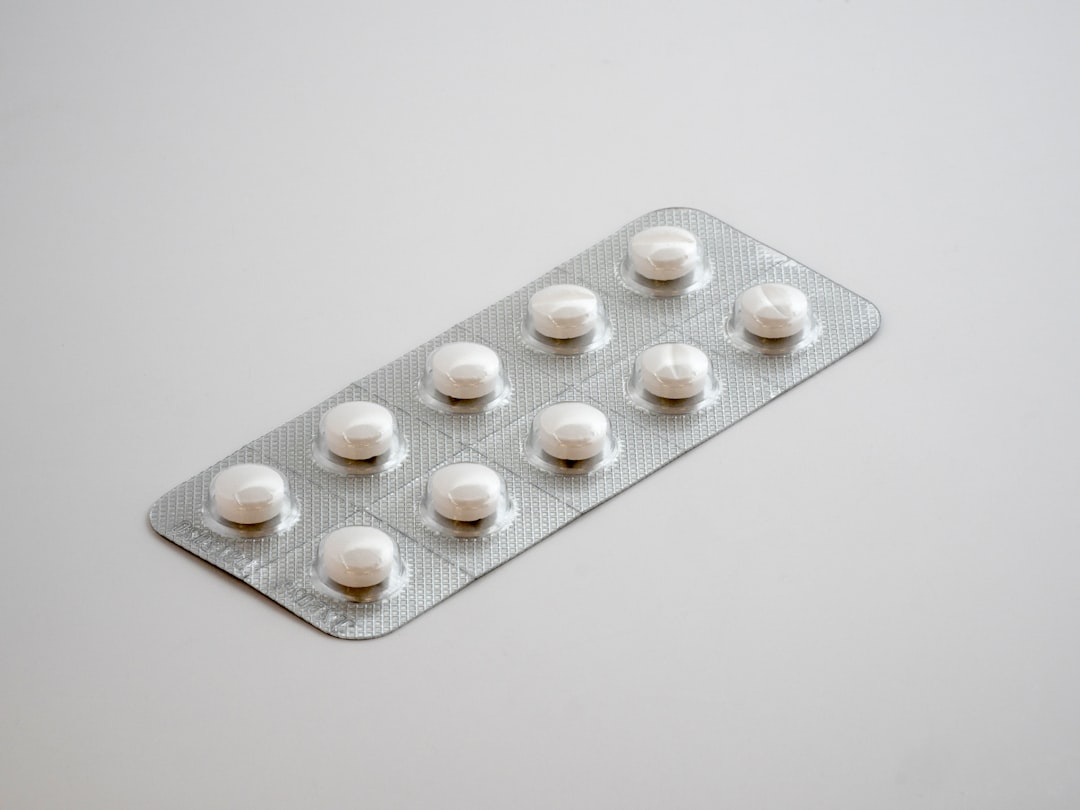
Depression rates are reaching a new high each year, with approximately 8.3% of Americans experiencing depression episodes (2021). Risk factors include genetic predisposition, trauma, substance abuse, chronic medical conditions, hormonal changes, personality traits, and stress, which can also significantly impact the likelihood of experiencing depression.
There are several treatment options for depression, while there is no universal cure, finding the most suitable one can help significantly. Understanding the differences between the options can determine the success or failure of the healing process.
Ketamine
Ketamine was created in the 1960s as a fast-acting anesthetic, used in clinical and health care settings. In the early 2000s, ketamine started being used for treating mental health conditions, demonstrating rapid reduction of depression symptoms. Over the past two decades, ketamine has been shown to improve the conditions of people with treatment-resistant depression (TRD).
Many patients reportedexperiencing a mild dissociation, described as a dream-like state accompanied by emotional clarity or release during the treatment.
Different types of ketamine therapy
Ketamine therapy is versatile and tailored for each patient, conducted in a clinical setting with medical monitoring to ensure safety and comfort. Ketamine is administered by a clinician or under their supervision, using methods such as:
- IM (intramuscular): Two precisely timed ketamine doses are injected into the shoulder, ensuring a fast onset of effects. Patients reach peak dissociation state within the first 15 minutes of the treatment.
- IV (intravenous):This type of ketamine therapy is conducted by injecting ketamine into the patient’s vein, directly reaching the bloodstream and offering a fast onset of effects.
- Esketamine (nasal): Esketamine, by the brand Spravato®, is a self-administered nasal spray. The patient sprays the esketamine into their nose 2-3 times, each spaced five minutes apart. This treatment is approved by the U.S. Food and Drug Administration (FDA).
Curious how Spravato stacks up against IV or IM ketamine? Read our side-by-side comparison: Ketamine vs Spravato.
Different types of ketamine therapy settings
Ketamine treatments are offered in several models, each personalized to accommodate different therapeutic needs. Common ketamine treatment approaches include:
- Guided ketamine therapy: IM (injections), while the guide is present in the room.
- Semi-guided ketamine therapy: IM or IV (injections or infusions), while the guide monitors the session outside the room.
- Couples’ ketamine therapy: IM (injections)
- Group ketamine therapy: IM (injections) with up to four patients inside the room.
What can ketamine help with?
Ketamine has shown effectiveness in reducing the symptoms of various mental health conditions and providing rapid pain relief for individuals whose conditions are resistant to treatment. Ketamine therapy can help with disorders and psychological challenges such as:
- Treatment-resistant depression (TRD)
- Major depressive disorder (MDD)
- Anxiety disorder
- Post-traumatic stress disorder (PTSD)
- Obsessive-compulsive disorder (OCD)
- Eating disorders
- Bipolar depression (in some cases)
- Substance use disorders
- Suicidal ideation
- Hospice and palliative care
- Chronic pain conditions
- Personal growth and emotional healing

Antidepressants
Antidepressants are medications used for treating moderate and severe cases of depression and other mental health conditions. They come in tablet form and can only be obtained with a prescription from a licensed professional. Picking the right antidepressant includes understanding your specific symptoms and possible side effects caused by the medication.
Common types of antidepressants
Antidepressant medications are not all the same. Different classes of antidepressants target different neurotransmitters to reduce depression symptoms. The most common types of antidepressants include:
- Selective serotonin reuptake inhibitors (SSRIs) like Fluoxetine, Sertraline, Escitalopram: Block serotonin reuptake.
- Serotonin-noradrenaline reuptake inhibitors (SNRIs) like Duloxetine, Venlafaxine, Desvenlafaxine: Block serotonin and norepinephrine reuptake, and enhance mood regulation.
- Noradrenaline and specific serotonergic antidepressants (NASSAs) like Mirtazapine: Enhance noradrenaline and serotonin.
- Monoamine oxidase inhibitors (MAOIs) like Isocarboxazid, Phenelzine: Block the effects of the enzyme monoamine oxidase, which breaks down serotonin, dopamine, and tyramine.
- Tricyclic antidepressants (TCAs) like Amitriptyline, Desipramine Block the reuptake of serotonin and norepinephrine.
- Serotonin antagonists and reuptake inhibitors (SARIs) like Trazodone: Block serotonin reuptake for better mood regulation.
What can traditional antidepressants help with?
Antidepressant medication is often used to treat depression, but it can also treat several other complex conditions, including:
- Post-traumatic stress disorder (PTSD)
- Obsessive-compulsive disorder (OCD)
- Generalized anxiety disorder
- Chronic Pain/Fibromyalgia
- Addiction disorder
Comparative overview: Ketamine vs. Antidepressants
Ketamine therapy and traditional antidepressants both treat symptoms of depression, but each treatment has its advantages and disadvantages.
| Ketamine | Traditional antidepressants | |
| Administration | Injection, infusion, nasal | Oral |
| Onset of action | Within hours or after a few sessions | Several weeks |
| Duration of treatment | Six weeks (IM, IV), twice a week for four weeks, then once a week for four weeks, followed by maintenance treatments. (Esketamine) | Long-term use (several months, years) |
| Treatment frequency | Structured as a short-term treatment series | Ongoing |
| FDA approval | Only Esketamine (Spravato) | Most common antidepressants are FDA-approved, but it depends on the exact medicine |
| Side effects | Nausea, lightheadedness, headaches, high blood pressure | Nausea, weight gain, dry mouth, fatigue |
| Black box warning | / | Some SSRIs increase suicidal ideation in people under 25 |
You might also be interested in learning about Ketamine Therapy vs TMS: Differences, Costs, Side effects
How do antidepressants work?
Both ketamine and antidepressants are used for the same purpose, but they use different protocols andmechanisms of action. Traditional antidepressants work by altering certain neurotransmitters in the brain and increasing the levels of serotonin, norepinephrine, and sometimes dopamine. These brain chemicals influence mood regulation and general psychological health.
[source: ocduk.org]
How does ketamine work?
Ketamine and esketamine (Spravato) work by interacting with the brain’s glutamatergic system, the excitatory neurotransmitters that play the key role in mood regulation. It blocks the NMDA receptors, a part of the glutamate pathway, leading to a glutamate surge. This neural activity helps promote synaptic plasticity, which is believed to cause a “reset” and promote the growth and connection of neurons.
Ketamine therapy offers a rapid onset of effects, with many patients reporting improvements within hours of the session.
Ketamine treatment protocol
Ketamine therapy is conducted in a clinical setting, with professionals who guide the patient through the whole experience. The sessions follow well-structured protocols to ensure safety and efficiency, including:
- Initial evaluation: A thorough medical and psychiatric evaluation is done, including recurring symptoms, the patient’s history, and personal healing goals.
- Choosing a treatment plan: The type of ketamine treatment is chosen according to the patient’s needs and preferences.
- Preparation phase: Patients are seated in a comfortable seating area and mentally prepared by doing guided meditations and grounding techniques conducted by a Guide.
- Medicine phase: A medical professional administers the ketamine (IM, IV) and monitors the patient throughout the session. The patient reaches the peak dissociation within 15-20 minutes. If Esketamine is chosen, the treatment is self-administered while being supervised.
- Integration phase: After regaining full consciousness, the patient can reflect on the experience while being observed for any side effects.
- Follow-up care: Providing ongoing support for the long-term healing of every patient and adding booster sessions for prolonged care.
Antidepressant treatment protocol
Antidepressant treatment is a long, personalized, and carefully monitored process that includes strict steps such as:
- Initial evaluation: A professional diagnosis and finding the right medication depending on the symptoms, patient’s history, and other medical factors.
- Starting medication: The chosen medication is given in a low dose (later increased).
- Monitoring phase: Observing a patient’s tolerance and response to the medication.
- Adjustments: The medication dose is adjusted or a new medication is introduced if the patient has no improvement or bad responses.
- Maintenance phase: The ongoing use of the medication after the symptoms improve. In some cases, this phase can last for several years, especially for treating chronic depression.
The key difference between traditional antidepressants and ketamine therapy is that ketamine acts quickly, even on individuals with treatment-resistant depression and suicidal ideation, in comparison to antidepressants, which take time to start working.
While antidepressants remain a standard treatment for depression and mood disorders, ketamine may offer a new, evidence-based path towards healing. Learn more about ketamine therapy and explore the treatment options at Kadelyx.
You might also be interested in reading about:





